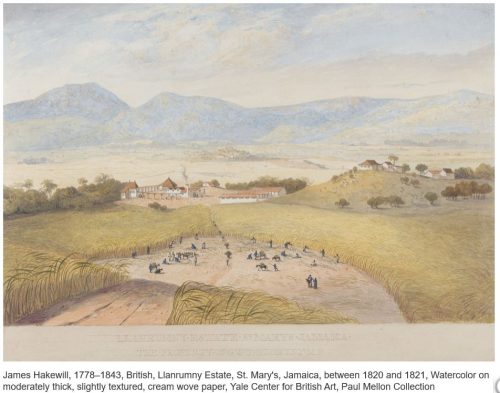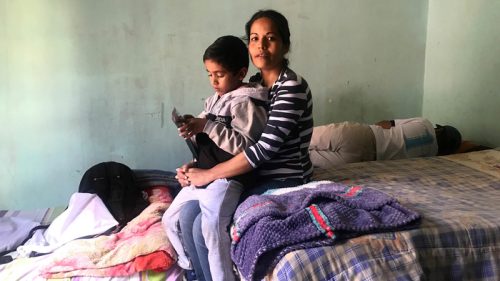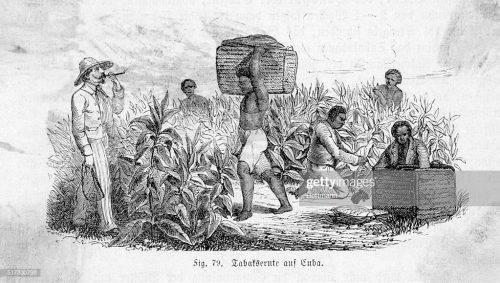Narrowed Research: Chilean Feminist Protest 2019
I will be focusing my research on the new wave of feminism that is becoming very popular around the world. Originally created in Chile by Las Tesis, the global ‘rape song’ is one about power dynamics and violence against feminism. The group of activist women, Las Tesis, became inspired by a radical feminist and anthropologist, Rita Segato, and wrote their approtraitely acusatory protest song. This song, titled “el violador en tu camino” (“The Rapist on Your Way”), was performed on November 25, 2019 in Santiago, Chile. Chile is known for the amount of violence against women that happens. There is so much violence that Chile, and Latin America in general, has coined the term ‘femicide’ for the high rates of female murders & rapes. I would like to look into how this specific movement has become popular. Obviously, it has spread with the help of social media, but I want to understand what actual legislation and female experiences are driving these intense feelings of violation within Chile. This is an extremely important thing to look into, because the movement is gaining speed for a reason: women are being threatened by the people in power.
Primary Source:
Performance Colectivo Las Tesis “Un Violador En Tu Camino.” Accessed February 16, 2020. https://www.youtube.com/watch?v=aB7r6hdo3W4.
Secondary Source:
Pichel, Mar. “La Violación No Es Un Acto Sexual, Es Un Acto de Poder, de Dominación, Es Un Acto Político.” BBC News Mundo, December 11, 2019, sec. Otras noticias. https://www.bbc.com/mundo/noticias-50735010.
“‘Chile Woke Up’: Dictatorship’s Legacy of Inequality Triggers Mass Protests.” The New York Times, November 3, 2019, sec. World. https://www.nytimes.com/2019/11/03/world/americas/chile-protests.html.
Government of Chile. “Circuito de Feminicidio.” Chile: UN Women, 2009. https://evaw-global-database.unwomen.org/fr/countries/americas/chile/2009/circuito-de-feminicidio.
Cáceres Pérez, Daniela Isabel. “About the Semantics of the Femicide in Chile.” Sociedad y economía 31 (2016): 239-262.








